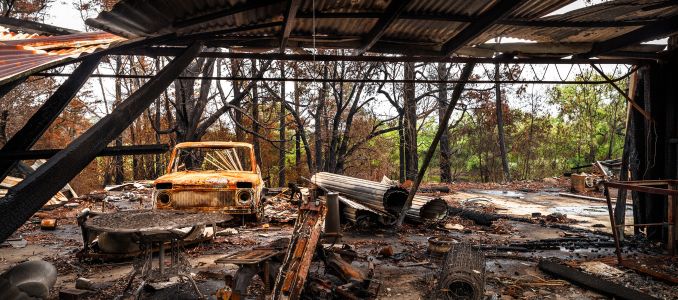
The EPA has completed hazardous material cleanup at the Lario Staging Area with no environmental impact.

Non-toxic paints offer a healthier, eco-friendly alternative to traditional paints, improving indoor air quality and supporting sustainable living.

Ensuring access to clean water after natural disasters is vital, as damaged infrastructure can leave communities at risk of dehydration and disease.

Relocation is more than just logistics; it’s an opportunity to rethink the plastic waste that’s become synonymous with the process and explore whether a sustainable, plastic-free move is truly achievable.
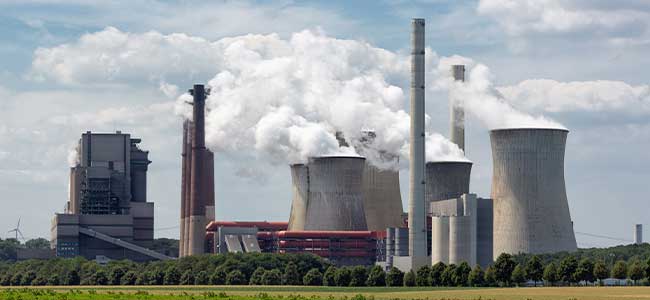
The EPA and Springfield, Illinois, have agreed on measures to address coal ash contamination at CWLP facilities near Lake Springfield.
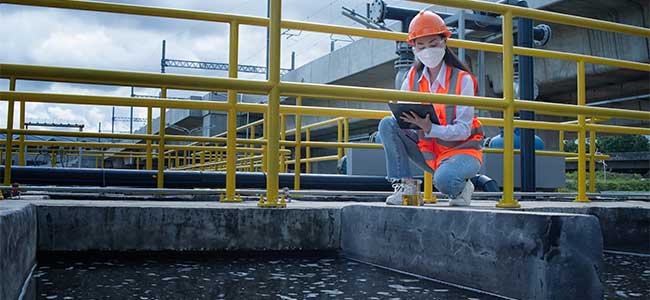
The Oasis Mobile Home Park operators must address arsenic contamination and wastewater issues to meet EPA standards.

Innovative strategies integrating technology, nature-based solutions and community involvement are essential for managing India's coastal zones sustainably and enhancing their resilience to environmental and socio-economic challenges.

Hino Motors will pay over $1.6 billion in fines and penalties after admitting to falsifying emissions data and violating U.S. environmental laws for more than a decade.

The EPA will provide small businesses with $2.4 million to support the development of innovative technologies addressing environmental challenges.

Meyer Distributing will pay $7.4 million and fund a $1.2 million clean air project after selling illegal emissions defeat devices.
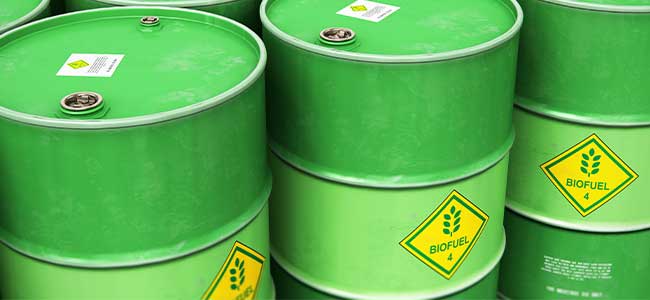
The DOE and EPA have allocated $6 million to support biofuel technology advancements.

Two truck stops in Iowa and Missouri agreed to pay over $390,000 for alleged violations of federal regulations.
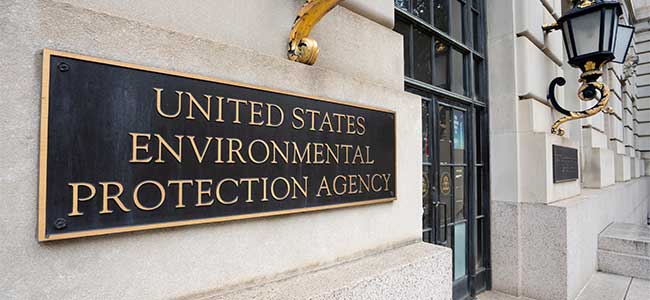
The EPA has finalized a cleanup plan for PCB contamination in Anniston, Alabama, focusing on Snow Creek, Choccolocco Creek and Logan Martin Lake.

The EPA has approved California's first carbon storage wells, enabling large-scale carbon sequestration in Kern County to reduce emissions and combat climate change.

The EPA and DOE are investing $850 million to reduce methane emissions from the oil and gas sector through advanced technologies and community-focused initiatives.

The EPA has proposed a rule requiring workplace protections to prevent lung damage from exposure to C.I. Pigment Violet 29 in its dry powder form.

The EPA celebrates the 50th anniversary of the Safe Drinking Water Act, which has improved water safety and public health for millions of Americans.
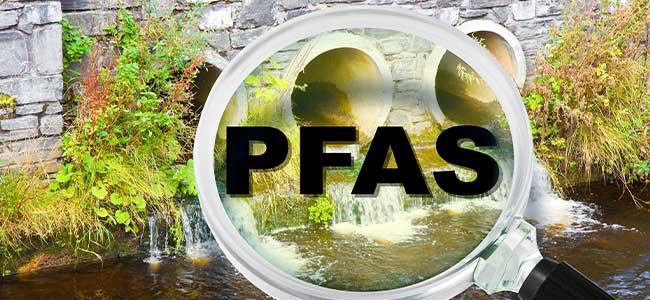
The EPA is launching studies to evaluate PFAS wastewater discharges in key industries to inform future regulations and protect water quality.

The EPA reported its strongest enforcement results since 2017, including $1.7 billion in penalties and 1,851 civil cases concluded.

The EPA has determined that the solvent 1,4-dioxane poses significant health risks and plans to implement measures managing these risks.